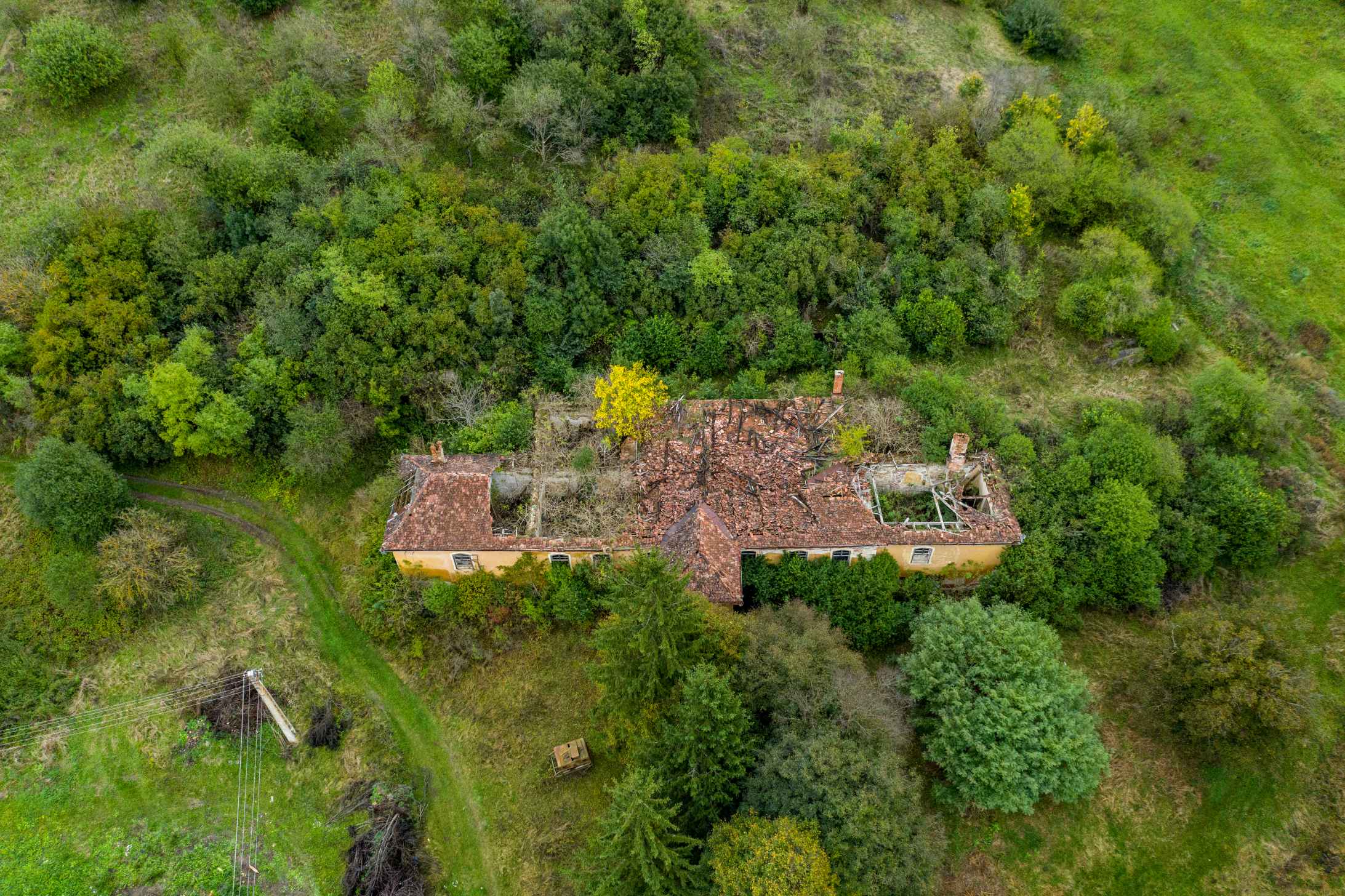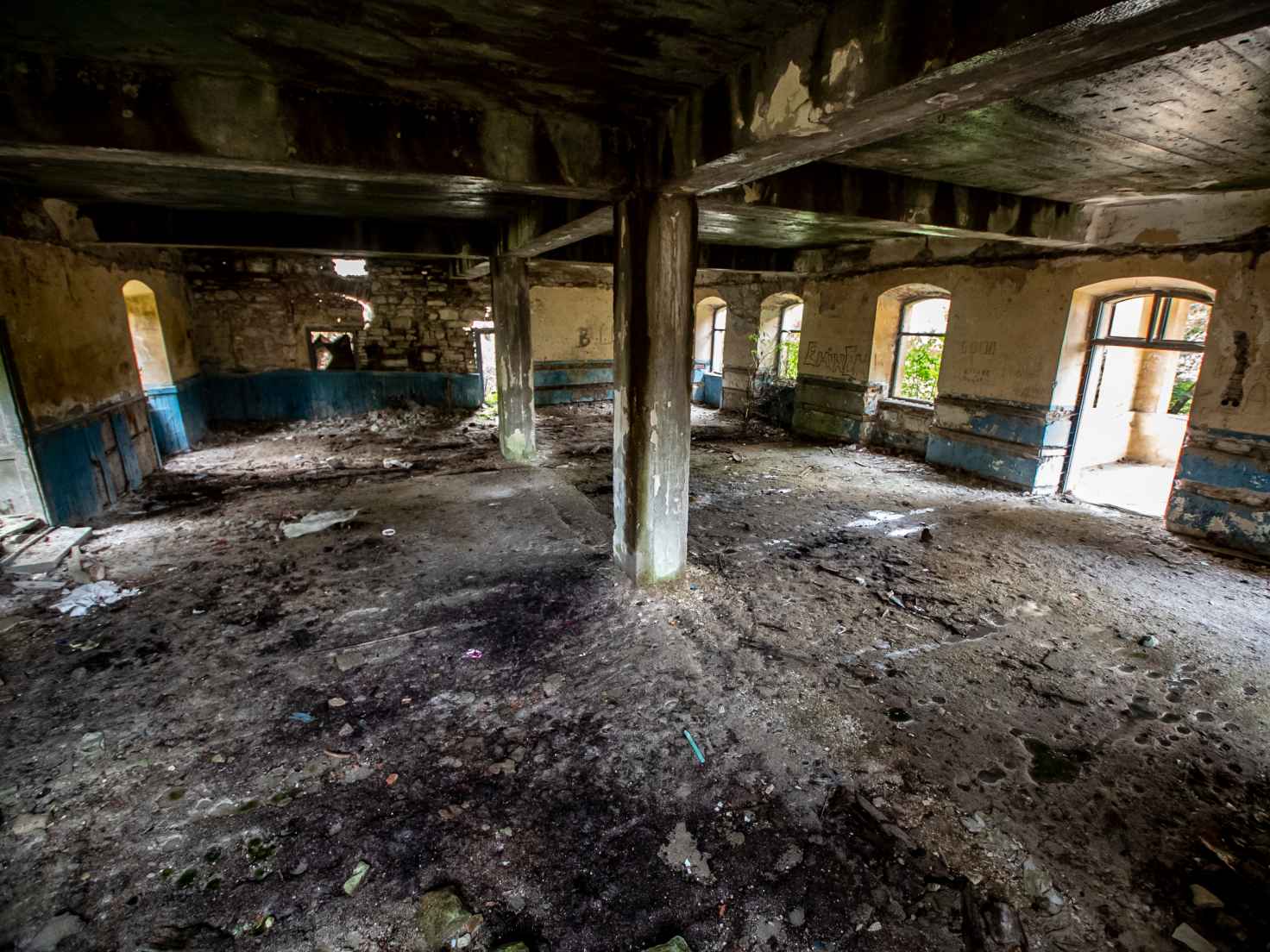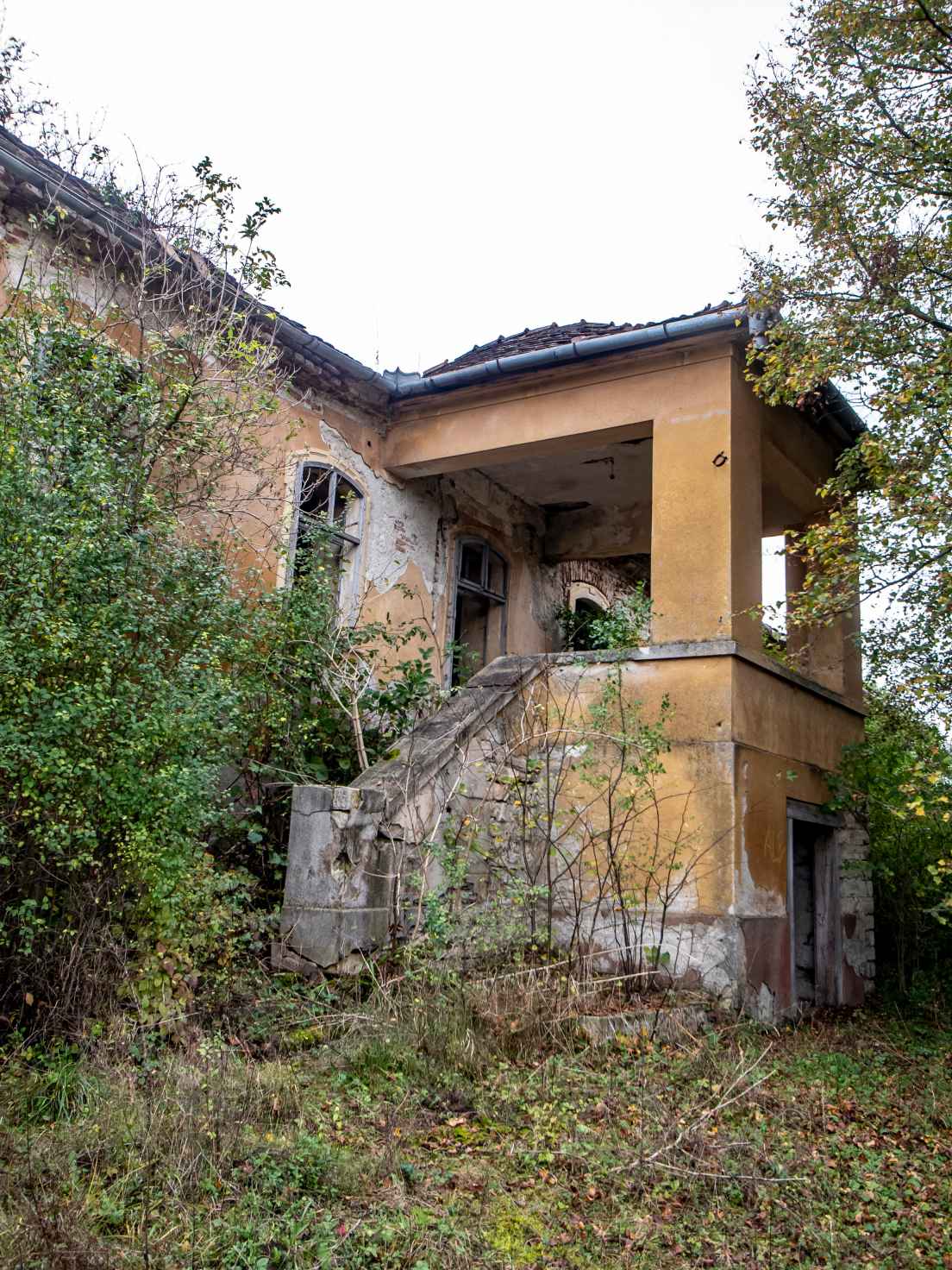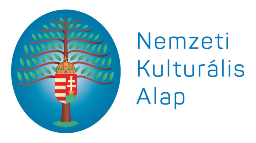The Rhédey Manor House in Dăbâca
Historic Monument Code: CJ-II-m-B-07588
The historian and archivist Lajos Kelemen, as a friend of the owners, the Gidófalvy family, spent his summers at the Dăbâca manor house until 1944. In his study dedicated to the building, he wrote about the “muses of the arts” who had lived there, the last one whom was none other than the lady of the house herself, painter Etelka Pataki. The manor house was preceded by a more modest wooden building, owned by John Boros of Magyarvéggyanta and his son, Ladislaus. Through the marriage of the latter’s daughter, Barbara to Paul Rhédey, the building and estate passed on to the Rhédey family until the mid-19th century. In 1722 Paul’s son, Joseph inherited the estate who, after being elevated to the rank of count in 1744, replaced the wooden house with a more sturdy construction. During the late 18th century his son, Count Farkas Rhédey modified the manor house with six rooms and a portico with columns in late Baroque style. Count Adam Rhédey de Kisréde, lord-lieutenant of Dăbâca County in 1806-1835 and one of the richest Transylvanian nobles at that time, was the last owner from the family. After his death in 1849, the property passed into the possession of the Mikó (through the marriage of his daughter, Mária Rhédey to Imre Mikó), and later of the Teleki family (in 1898 the owner was Count Imre Teleki, with an inherited estate of about 1106.8 ha). At the beginning of the 20th century, the estate was bought by István Gidófalvy for his son István, who was the last owner of the mansion together with his wife, Etelka, until the estate’s nationalisation. The family re-entered in the manor house’s possession, which is at present the subject of a succession process. The building can be visited, although it is in a state of advanced decay and is overgrown with vegetation, thus entering is unadvisable.
Extra:
- The last owner, István Gidófalvy (1908-1981) married Etelka Pataki (1898-1984) in 1919, the two settling in Dăbâca. They had a widely renowned asparagus farm, in addition to which István, being passionate about natural medicine, foraged for various medicinal plants in the region. Moreover, he also involved the villagers, and countless tons of dried plants were exported to Switzerland, Austria or Germany. After the manor house’s nationalisation, the family was forced to move to Târgu Mureș, where István continued his activity in the field of medicinal plants as a technician, but in 1953 he lost his position due to the origins of his family, and later in life he was forced to sell teas from medicinal plants at the market in order to make a living. His wife, Etelka Pataki was a prolific painter especially in the first half of the 20th century. She was named “the painter of manor houses”, as the subjects of her paintings were the castles, country and manor houses of the region, but she also painted a number of other historic monuments and folk themes.
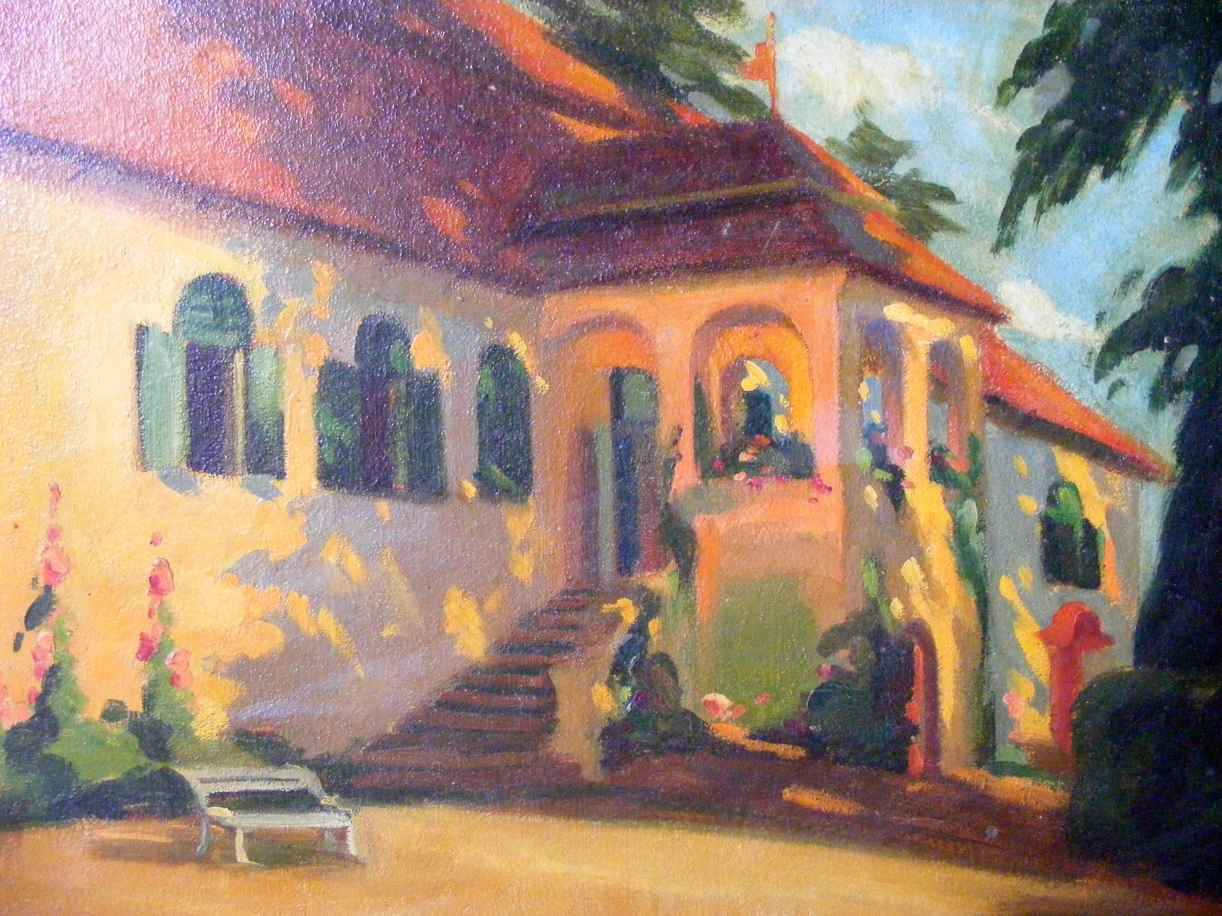
Székely National Museum (Sfântu-Gheorghe)/ Gidófalvyné Pataky Etelka / The title of the work: Castle 1924. (Inventory number: A.25)

